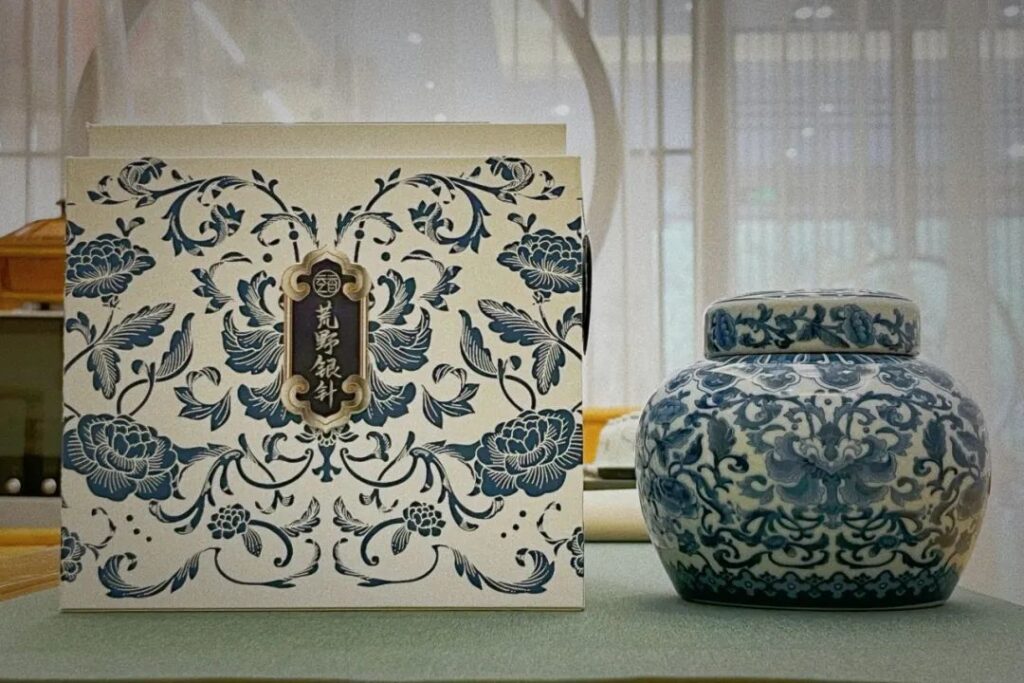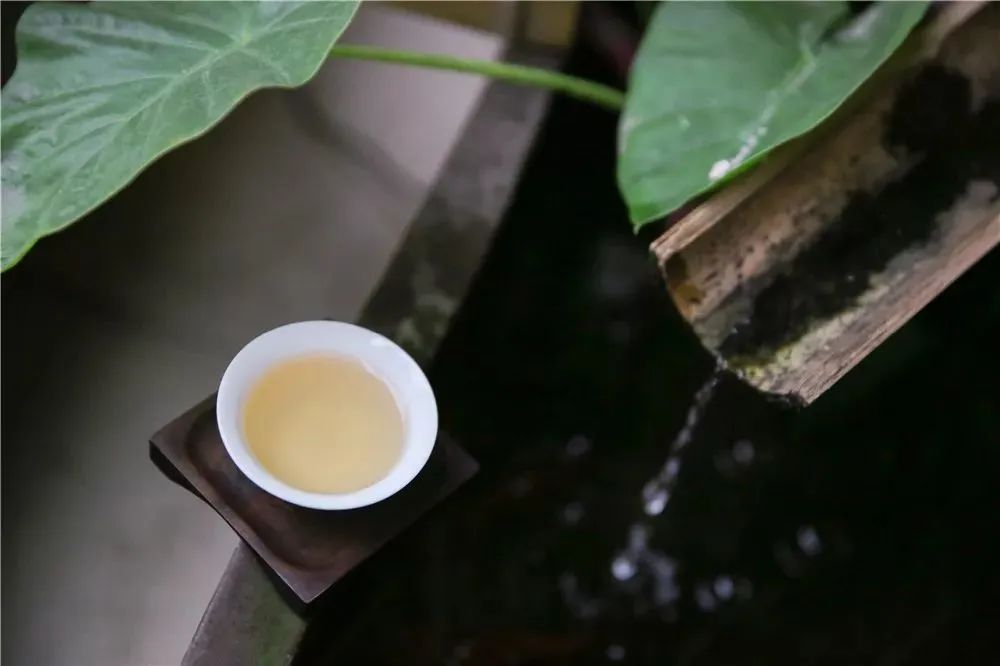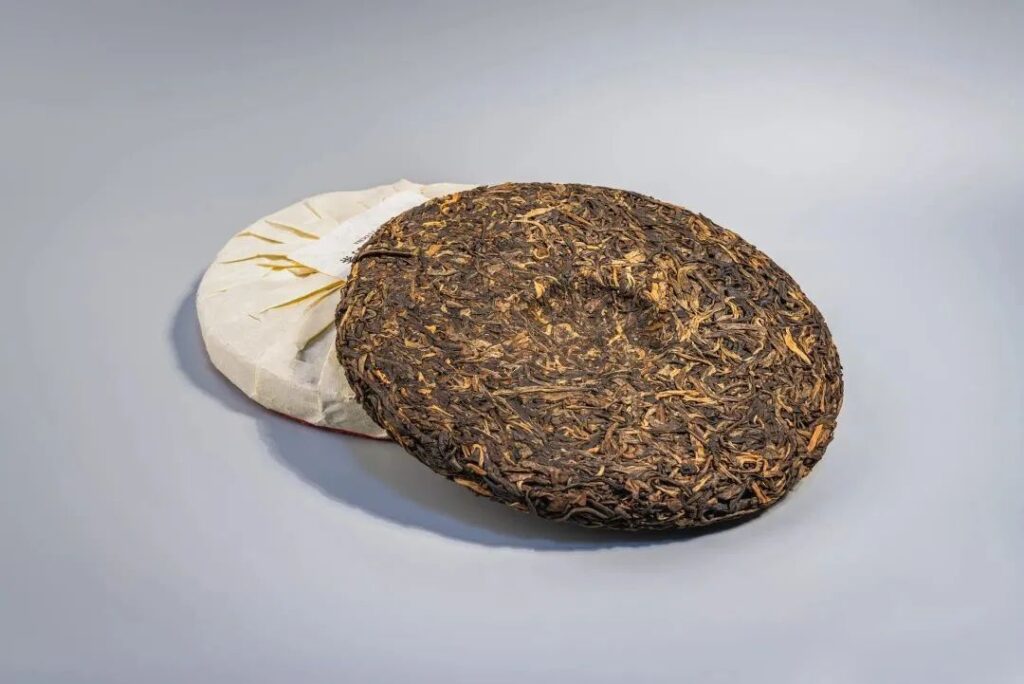As the summer heat intensifies, drinking tea becomes an essential method for people to cool down. However, improperly stored tea at home can become damp, moldy, and spoil, which is quite regrettable. Based on the characteristics of tea, there are many factors that can lead to spoilage, such as humidity, temperature, light exposure, and oxygen content. So, how should tea be stored at home?
1. Prevent high temperatures: High temperatures accelerate the breakdown of chlorophyll in tea, speeding up the browning process and affecting the freshness of the tea, thereby reducing its quality. Generally, for every 10°C increase in temperature, the rate of tea browning increases by 3-5 times, leading to undesirable changes in color, aroma, and taste. For instance, green tea loses its bright green color, black tea loses its fresh fragrance, and flower tea loses its scent. It is recommended to store tea at low or room temperature according to the different characteristics of the six major types of tea.
Storage of Flower Tea: It is essential to store flower tea in a well-ventilated, dry environment, away from light and moisture. Ceramic containers are the best for maintaining the stability of flower tea. If using transparent glass containers, they must be kept in a light-free area. Flower tea, with its rich floral aroma, is best stored in a dry container, away from light and high temperatures.
Storage of White Tea: White tea should be stored at room temperature in a dry, sealed, light-free environment, free from odors, and well-ventilated, with a distance from walls and floors. For long-term storage, it is recommended to use aluminum foil bags sealed, plus an additional moisture-proof bag, placed away from walls and floors. Properly stored white tea increases in value over time, earning the saying ‘one year tea, three years medicine, seven years treasure’. Storage of Pu-erh Tea: The core requirements for storing Pu-erh tea are to keep it away from light, sealed to prevent moisture, dry, well-ventilated, and odor-free. If collecting tea for personal use, it is best to store it in a separate storage room. It is recommended to use ceramic or purple sand storage devices, and to store raw and ripe Pu-erh tea separately to avoid cross-contamination of flavors. Do not store them nakedly. Chinese tea, with its six major categories, varies in taste and characteristics due to different production processes. Each type of tea has its unique features and different shelf life and storage methods.


